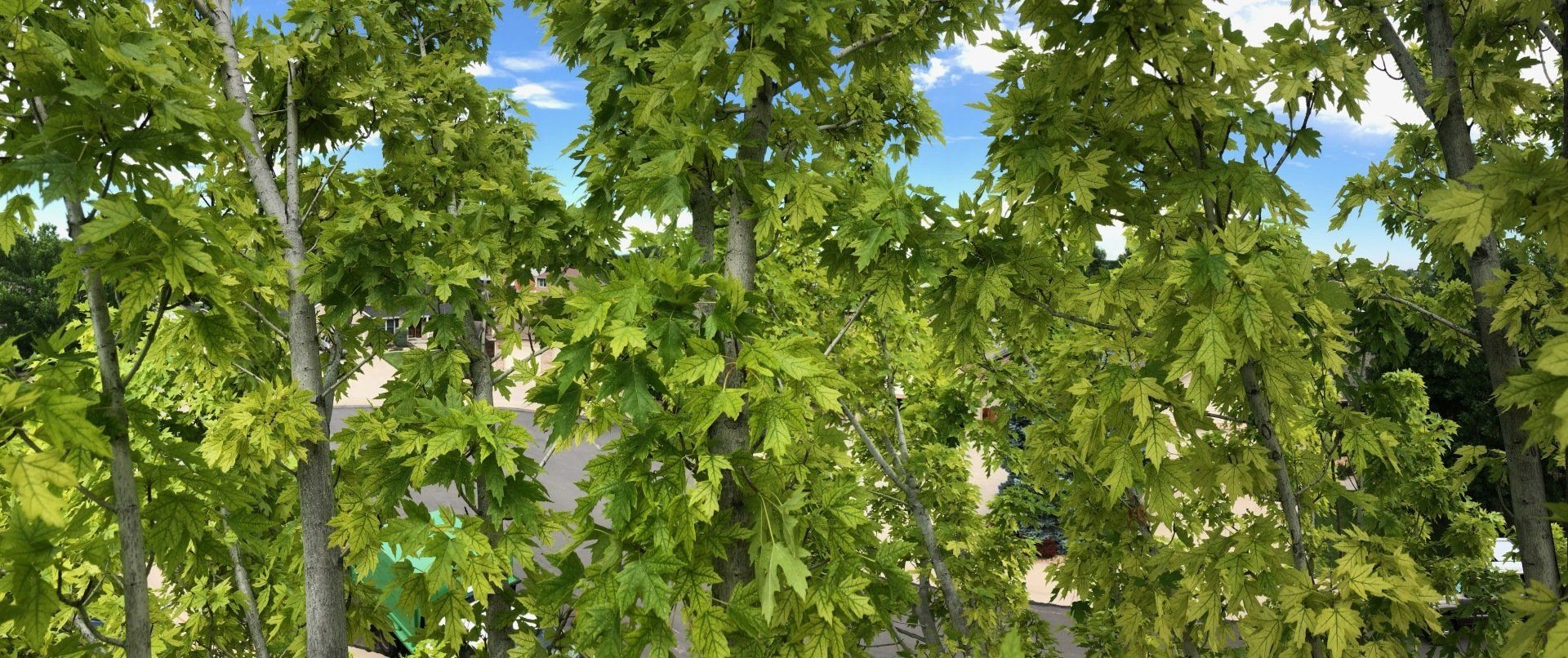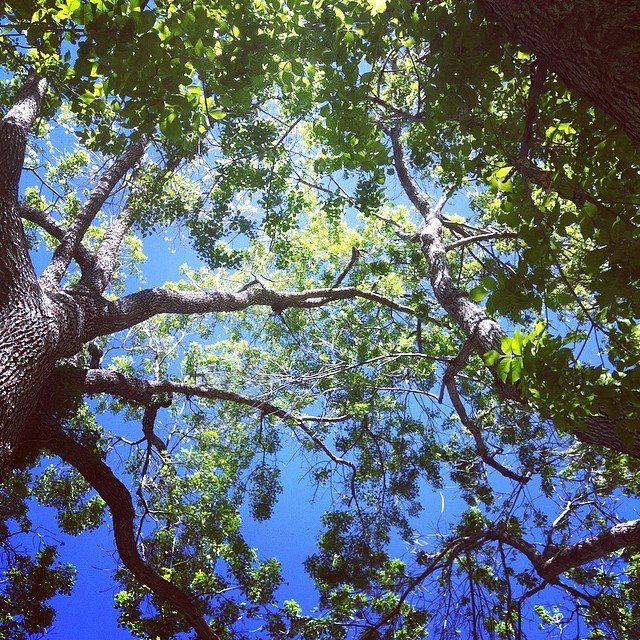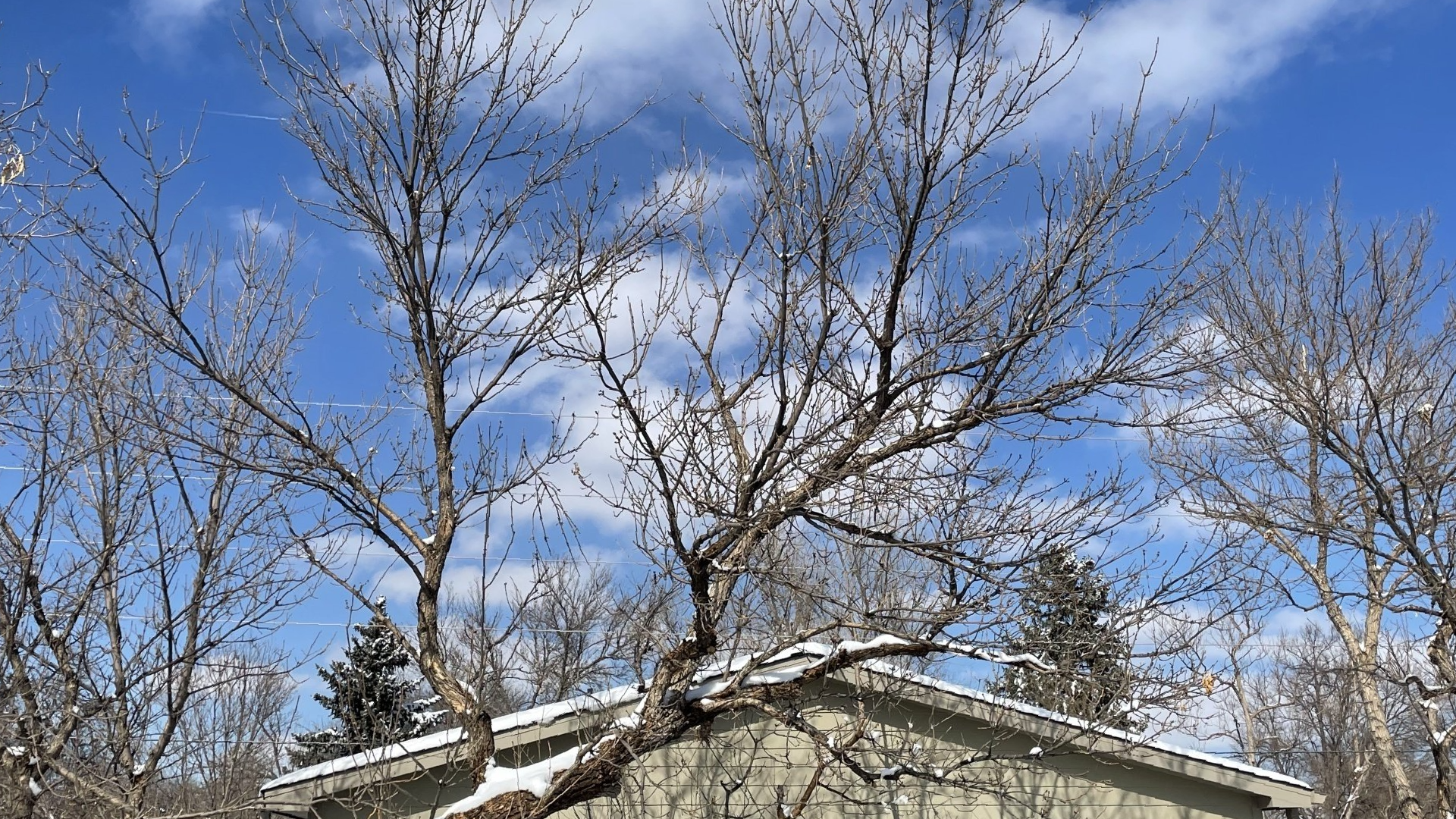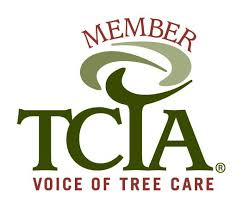Early Fall Color Means Your Tree Has A Problem
Lucas Capachin - Board Certified Master Arborist
Early fall color in trees can be caused by a variety of factors, sometimes minor and unimportant, but often it can indicate an underlying problem. The minor issues that cause early fall color are sun exposure and temperature. From one part of your yard to another, these factors can be different, causing one tree to change colors slightly earlier than another.
The causes of early fall color that are more concerning are those caused by insects, disease, or lack of water. These causes of early fall color are often much more drastic, with trees dropping leaves or turning color significantly earlier than other trees of the same species. The key is to compare a tree to a nearby one of the same species. Below we will compare trees and show you what some of these issues may look like and how to address them to prevent future issues with your trees.
This section will show you two photos, these photos are usually taken within 100 feet of one another so both of the trees are subject to nearly identical environmental conditions. Linked below are our other articles which address how to prevent these issues.
This linden isn’t getting enough water. Lindens typically need much more water than trees of other species in the same area. You can often identify the issue earlier in the year when you see browning along the edges of the leaf during the warmer months. Watering during the winter isn't always needed but it can give a tree like this the best chance to recover.
This maple has chlorosis which is causing the early fall color. The one on the right has better soil conditions, so it isn’t having problems although chlorosis pretty much always develops in most maples (red, silver, and freeman). Growth regulators can also sometimes be used to reduce the micronutrient needs of the tree.
This ash tree has half of its root zone in an unirrigated part of the property and its early fall color is a sign that it needs much more water. The other ash pictured is only about 100 feet from the first one, this one just has much more irrigation going to its root zone. Winter watering should be done during warm, dry months when there is no snow on the ground.
This ash trees has patchy early fall color. Some parts look good while others are losing their leaves early. This tree is in the early stages of emerald ash borer infestation. Typically a tree will have uniform fall color, or the more sun exposed side will be slightly ahead. This tree has some parts that haven’t been attacked as much by the insects and other that are already dying back. Treating these trees will help prevent more dieback.
In general early fall color is a sign of stress in the tree. If your trees are showing early fall color feel free to reach out. I can either come by and take a look to help diagnose the issue, or if you give me photos I can let you know about species-specific issues and what can be done.


























